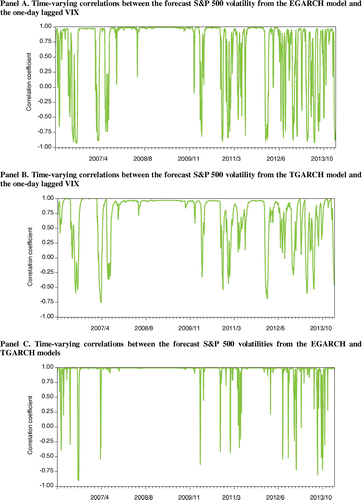Figures & data
Table 1. Descriptive statistics of stock return, volatilities, and control variables for the out-of-sample period from 3 January 2006 to 28 February 2014
Figure 1. Dynamic relations of the S&P 500 and the VIX: daily time-series evolution for the period from 3 January 2006 to 28 February 2014.
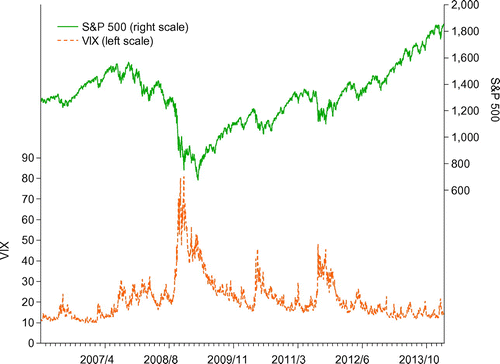
Table 2. Testing the predictive power for downside risk in the US stock market by univariate logit models: results for the VIX and the forecast volatilities from several GARCH models
Table 3. Testing the predictive power for downside risk in the US stock market by multiple logit models: the VIX versus the forecast volatilities from several GARCH models
Table 4. Testing the predictive power for downside risk in the US stock market by multiple logit models with control variables: the VIX versus the forecast volatilities from several GARCH models
Table 5. Testing the predictive power for downside risk in the US stock market by univariate quantile regressions: results for the VIX and the forecast volatilities from several GARCH models
Table 6. Testing the predictive power for downside risk in the US stock market by multiple quantile regressions: the VIX versus the forecast volatilities from several GARCH models
Table 7. Testing the predictive power for downside risk in the US stock market by multiple quantile regression models with control variables: the VIX versus the forecast volatilities from several GARCH models
Figure 2. Dynamic relations of the VIX and the forecast S&P 500 volatilities from the EGARCH and TGARCH models: daily time-series evolution for the period from 3 January 2006 to 28 February 2014.

Figure 3. Dynamic relations of the S&P 500 and the forecast VIX from the ARMA models: daily time-series evolution for the period from 3 January 2006 to 28 February 2014.
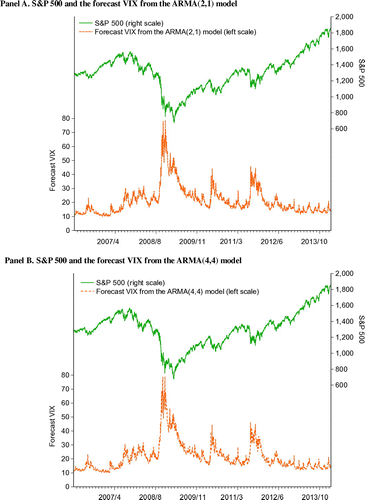
Table 8. Testing the predictive power for downside risk in the US stock market in terms of the forecast VIX from ARMA models: results from logit models and quantile regressions
Figure 4. Dynamic relations of the VIX and the forecast volatilities of the VIX from the EGARCH and TGARCH models: daily time-series evolution for the period from 3 January 2006 to 28 February 2014.
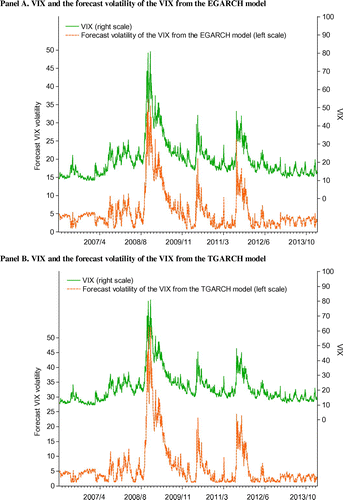
Table 9. Testing the predictive power for downside risk in the US stock market in terms of the forecast volatilities of the VIX from EGARCH and TGARCH models: results from logit models and quantile regressions
Figure 5. Dynamic relations of the first log differences of the VIX and the forecast volatilities from the EGARCH and TGARCH models: daily time-series evolution for the period from 3 January 2006 to 28 February 2014.
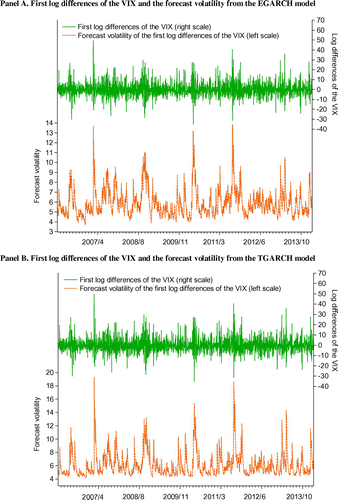
Table 10. Testing the predictive power for downside risk in the US stock market in terms of the forecast volatilities of the first log differences of the VIX: results from logit models and quantile regressions
Figure 6. Dynamic relations of the time-varying correlation coefficients from the VECH-MGARCH models: daily time-series evolution for the period from 3 January 2006 to 28 February 2014.
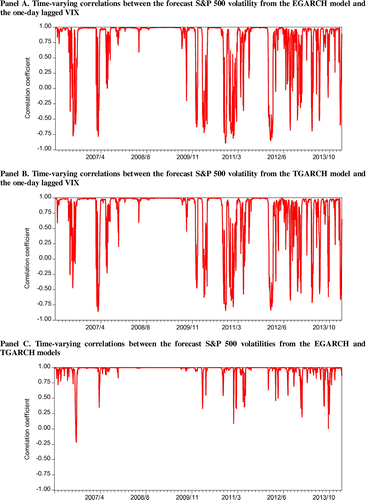
Figure 7. Dynamic relations of the time-varying correlation coefficients from the BEKK-MGARCH models: daily time-series evolution for the period from 3 January 2006 to 28 February 2014.
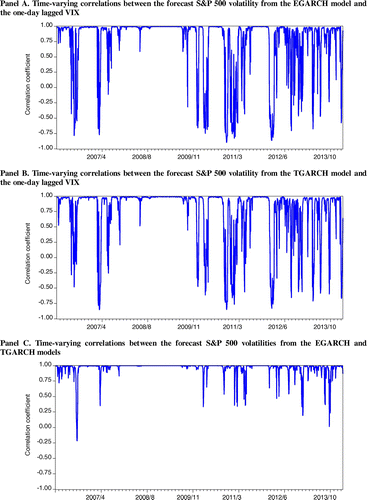
Figure 8. Dynamic relations of the time-varying correlation coefficients from the DCC-MGARCH models: daily time-series evolution for the period from 3 January 2006 to 28 February 2014.
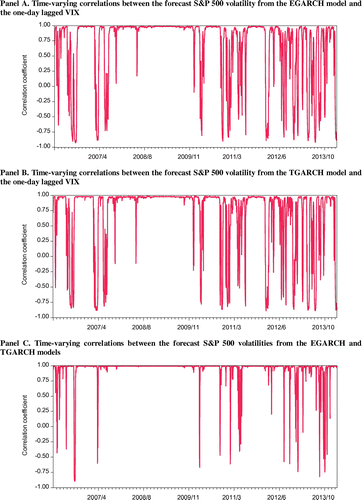
Figure 9. Dynamic relations of the time-varying correlation coefficients from the ADCC-MGARCH models: daily time-series evolution for the period from 3 January 2006 to 28 February 2014.
